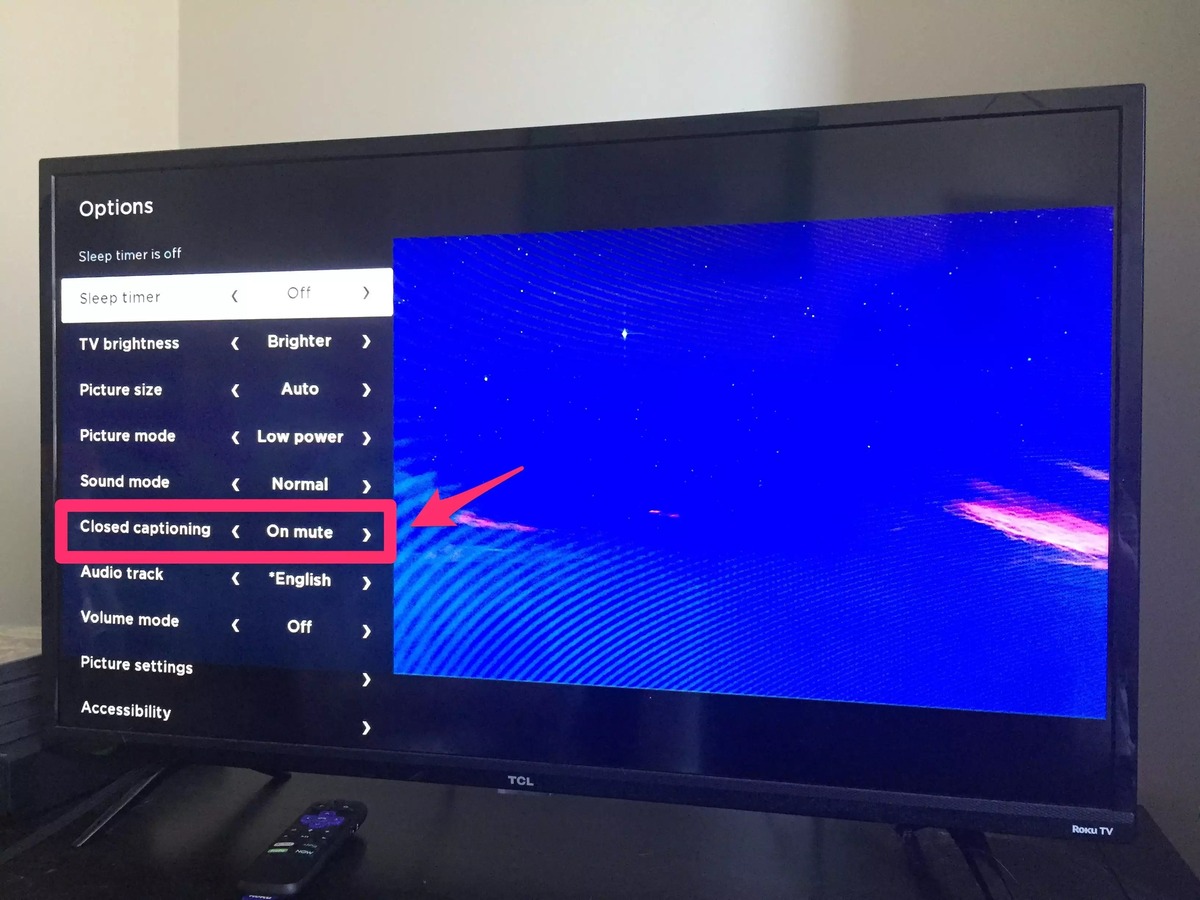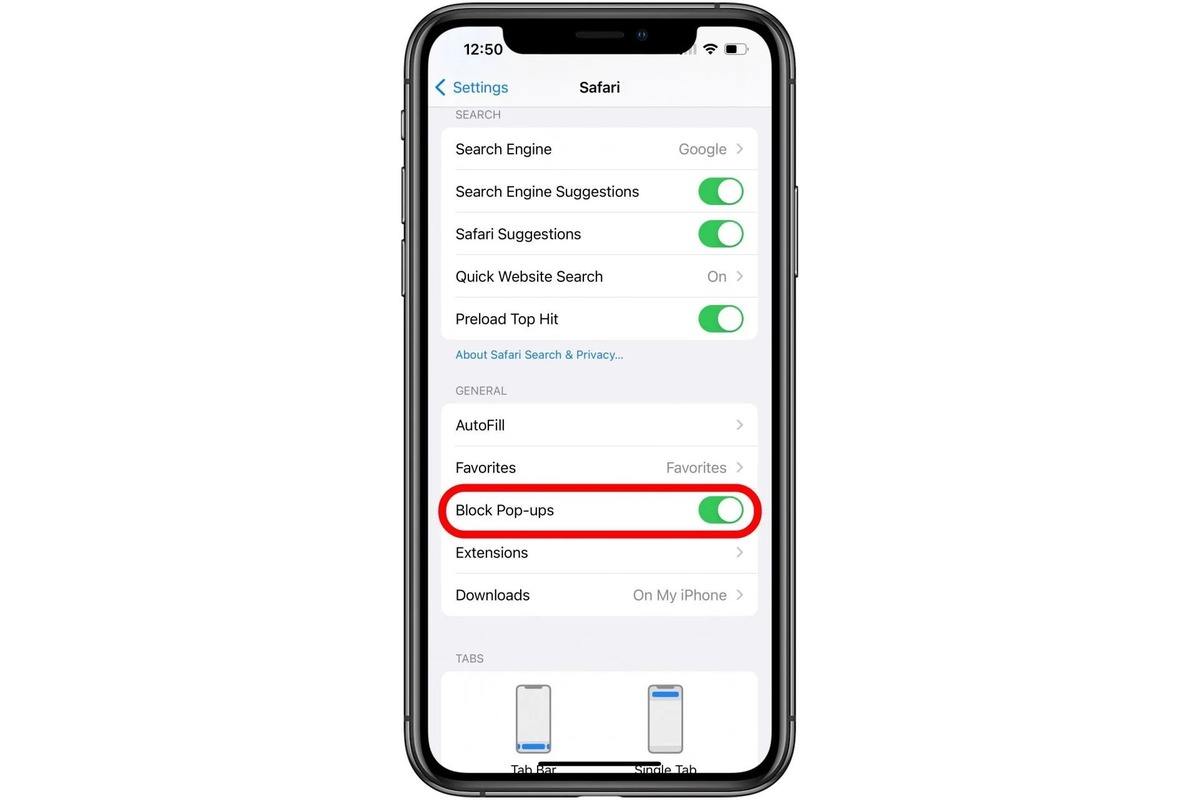Home>Automotive>How To Turn Off Airbag Light


Automotive
How To Turn Off Airbag Light
Published: February 26, 2024
Learn how to turn off the airbag light in your car with our step-by-step guide. Keep your automotive safety system in top condition.
(Many of the links in this article redirect to a specific reviewed product. Your purchase of these products through affiliate links helps to generate commission for Noodls.com, at no extra cost. Learn more)
Table of Contents
Introduction
The airbag light in a vehicle serves as a crucial indicator of the airbag system's functionality. When this light illuminates on the dashboard, it can be a cause for concern, as it indicates a potential issue with the airbag system. Addressing this concern promptly is essential to ensure the safety of both the driver and passengers.
In this comprehensive guide, we will explore the steps to effectively turn off the airbag light in your vehicle. Whether the light has been triggered by a minor issue or a more complex malfunction, understanding the process of resetting it is vital for maintaining the safety features of your vehicle.
By following the steps outlined in this guide, you will gain the knowledge and confidence to address the airbag light, ensuring that your vehicle's safety systems are functioning optimally. Let's delve into the details of troubleshooting and resolving the airbag light issue, empowering you to take the necessary actions to maintain a safe and secure driving experience.
Read more: How To Turn Off Vibration On IPhone
Step 1: Check the Airbag System
The first step in addressing the illuminated airbag light is to conduct a thorough check of the airbag system. This involves inspecting various components to identify potential issues that may have triggered the warning indicator. Here's a detailed breakdown of the process:
-
Visual Inspection: Begin by visually examining the airbag system, including the airbag module, impact sensors, and wiring connections. Look for any signs of physical damage, such as frayed wires, loose connections, or visible wear and tear on the components. Additionally, ensure that the airbag covers are securely in place and have not been tampered with.
-
Seatbelt Pretensioners: Check the seatbelt pretensioners, which are designed to tighten the seatbelts in the event of a collision. Inspect the seatbelt mechanisms for any signs of damage or malfunction that could potentially trigger the airbag light.
-
Clock Spring: The clock spring is a crucial component that enables the steering wheel to maintain electrical connections while allowing for rotation. A faulty clock spring can lead to an illuminated airbag light. Therefore, it's essential to inspect the condition of the clock spring for any signs of wear or damage.
-
Diagnostic Trouble Codes (DTCs): Utilize a diagnostic scanner to retrieve any stored DTCs related to the airbag system. These codes can provide valuable insights into the specific issues triggering the airbag light. Take note of the codes displayed and refer to the vehicle's service manual or online resources to interpret their meanings accurately.
-
Battery Voltage: Ensure that the vehicle's battery voltage is within the specified range. Low voltage levels can sometimes trigger the airbag light, indicating a potential power supply issue. Use a multimeter to measure the battery voltage and verify that it meets the manufacturer's recommendations.
By meticulously examining these key aspects of the airbag system, you can identify potential issues that may be causing the airbag light to illuminate. This proactive approach lays the groundwork for effectively addressing the underlying causes and taking the necessary steps to resolve the airbag system's anomalies.
Step 2: Reset the Airbag Light
Resetting the airbag light is a crucial step in addressing the illuminated warning indicator. Once potential issues within the airbag system have been inspected and resolved, resetting the light can help ensure that the system's functionality is accurately reflected. Here's a detailed exploration of the process of resetting the airbag light:
Manual Reset Procedure
-
Turn the Ignition Off: Begin by turning off the vehicle's ignition and ensuring that all electronic components are powered down.
-
Locate the Diagnostic Connector: The diagnostic connector, often located beneath the dashboard or within the engine compartment, is the access point for initiating the reset process.
-
Use a Paperclip or Jumper Wire: To reset the airbag light manually, a paperclip or jumper wire can be utilized to bridge specific pins within the diagnostic connector. This action effectively clears the stored error codes and resets the airbag light.
-
Follow Manufacturer Guidelines: It's essential to refer to the vehicle's service manual or reliable online resources to obtain the precise instructions for bridging the correct pins within the diagnostic connector. Each vehicle model may have unique reset procedures, and following the manufacturer's guidelines is crucial for a successful reset.
Professional Reset Tools
-
OBD-II Scanner: Utilizing an OBD-II scanner equipped with airbag reset capabilities can streamline the reset process. These scanners are designed to communicate with the vehicle's onboard diagnostic system, providing access to reset functions for the airbag system.
-
Connect the Scanner: Connect the OBD-II scanner to the vehicle's diagnostic port, typically located beneath the dashboard. Once connected, follow the scanner's prompts to access the airbag reset function.
-
Execute the Reset: Initiate the airbag light reset procedure as guided by the scanner's interface. This process allows the scanner to communicate with the vehicle's onboard system, clearing any stored error codes and resetting the airbag light.
Read more: How To Turn Off PS4 Controller
Precautions and Considerations
-
Battery Disconnection: In some cases, disconnecting the vehicle's battery for a brief period may trigger a reset of the airbag light. However, it's crucial to exercise caution and refer to the vehicle's service manual for specific instructions regarding battery disconnection procedures.
-
Professional Assistance: If manual reset attempts or OBD-II scanner usage do not effectively reset the airbag light, seeking professional assistance from a certified mechanic or automotive service center is advisable. Professional technicians have the expertise and specialized tools to diagnose and address complex airbag system issues effectively.
By following the appropriate reset procedures and considering the outlined precautions, you can effectively reset the airbag light, ensuring that the system's status is accurately reflected. This proactive approach contributes to maintaining the safety and functionality of the vehicle's airbag system.
Step 3: Use an OBD-II Scanner
Utilizing an OBD-II (On-Board Diagnostics) scanner equipped with airbag reset capabilities can streamline the process of addressing the illuminated airbag light. These advanced diagnostic tools are designed to communicate with the vehicle's onboard diagnostic system, providing access to a wide range of functions, including resetting the airbag system. Here's a detailed exploration of the process of using an OBD-II scanner to reset the airbag light:
Accessing the Diagnostic Port
The first step in using an OBD-II scanner is to locate and access the vehicle's diagnostic port. This port is typically situated beneath the dashboard, within close proximity to the driver's seat. Once the diagnostic port is located, the OBD-II scanner can be connected to establish communication with the vehicle's onboard system.
Establishing Communication
Upon connecting the OBD-II scanner to the diagnostic port, the device initiates communication with the vehicle's onboard computer. This interaction allows the scanner to retrieve stored error codes and system status information related to the airbag system. The ability to establish seamless communication with the vehicle's onboard system is a key feature of OBD-II scanners, enabling comprehensive diagnostics and reset functionalities.
Read more: How To Turn Off Focus On IPhone
Accessing Airbag Reset Function
Once communication is established, the OBD-II scanner provides access to specific functions, including the airbag reset feature. This functionality allows the user to initiate the reset procedure for the airbag system, effectively clearing any stored error codes and resetting the illuminated airbag light. The intuitive interface of OBD-II scanners simplifies the process, guiding users through the necessary steps to execute the reset function accurately.
Executing the Reset Procedure
Following the prompts provided by the OBD-II scanner's interface, users can proceed to execute the airbag reset procedure. This involves confirming the reset action and allowing the scanner to communicate with the vehicle's onboard system to clear the relevant error codes. The seamless execution of the reset procedure ensures that the airbag light is reset, reflecting the accurate status of the airbag system.
Professional Assistance Consideration
In cases where manual reset attempts or OBD-II scanner usage do not effectively reset the airbag light, seeking professional assistance from a certified mechanic or automotive service center is advisable. Professional technicians have the expertise and specialized tools to diagnose and address complex airbag system issues effectively.
By leveraging the capabilities of an OBD-II scanner, users can efficiently reset the airbag light, contributing to the overall safety and functionality of the vehicle's airbag system.
Step 4: Seek Professional Help
In instances where manual reset attempts or the utilization of OBD-II scanners do not effectively reset the illuminated airbag light, seeking professional assistance from a certified mechanic or automotive service center is a prudent course of action. Certified professionals possess the expertise, specialized diagnostic tools, and in-depth knowledge of airbag systems, enabling them to diagnose and address complex issues effectively.
Upon consulting a certified mechanic or automotive service center, the following steps are typically undertaken:
-
Comprehensive Diagnostics: Certified technicians conduct a thorough diagnostic assessment of the airbag system using advanced diagnostic tools and equipment. This process involves retrieving detailed error codes, analyzing system status data, and performing in-depth inspections to pinpoint the root cause of the illuminated airbag light.
-
Specialized Expertise: Certified mechanics possess specialized expertise in dealing with airbag system malfunctions. Their extensive training and experience enable them to navigate the complexities of airbag diagnostics and repairs, ensuring that the safety-critical components of the system are meticulously evaluated and addressed.
-
Precision Repairs: Upon identifying the underlying issues triggering the airbag light, certified professionals execute precision repairs to rectify the malfunctions. This may involve replacing faulty components, repairing wiring harnesses, recalibrating sensors, or addressing electronic control unit (ECU) anomalies to restore the airbag system to optimal functionality.
-
Compliance with Safety Standards: Certified mechanics adhere to stringent safety standards and manufacturer guidelines when addressing airbag system issues. This commitment to compliance ensures that the repairs and diagnostic procedures align with industry best practices, prioritizing the safety and integrity of the vehicle's safety systems.
-
Verification and Testing: Following the repairs and diagnostic interventions, certified technicians conduct comprehensive verification and testing procedures to validate the effectiveness of the corrective measures. This involves conducting simulated deployment tests, verifying sensor functionality, and ensuring that the airbag system operates as intended.
By seeking professional help from certified mechanics or automotive service centers, vehicle owners can benefit from the assurance that their airbag system issues are addressed with precision, expertise, and a steadfast commitment to safety. The collaborative efforts of certified professionals and vehicle owners contribute to maintaining the safety and reliability of the vehicle's airbag system, fostering a secure driving environment for all occupants.
In summary, seeking professional assistance from certified mechanics or automotive service centers is a proactive and prudent approach to addressing complex airbag system issues, ensuring that the safety-critical components of the vehicle are meticulously evaluated and restored to optimal functionality.
Read more: How To Turn Off Restrictions On IPhone
Conclusion
In conclusion, addressing the illuminated airbag light in a vehicle is a critical aspect of ensuring the safety and functionality of the airbag system. By following the comprehensive steps outlined in this guide, vehicle owners can effectively troubleshoot and resolve issues related to the airbag light, contributing to a secure driving environment for both the driver and passengers.
The initial step of conducting a thorough check of the airbag system provides valuable insights into potential malfunctions or anomalies that may trigger the warning indicator. By visually inspecting key components, checking seatbelt pretensioners, assessing the condition of the clock spring, and retrieving diagnostic trouble codes, vehicle owners can proactively identify and address issues within the airbag system.
Resetting the airbag light, whether through manual procedures or utilizing OBD-II scanners, plays a pivotal role in ensuring that the system's status is accurately reflected. By following the prescribed reset procedures and considering the outlined precautions, vehicle owners can effectively reset the airbag light, contributing to the overall safety and functionality of the airbag system.
The utilization of OBD-II scanners equipped with airbag reset capabilities offers a streamlined approach to addressing the illuminated airbag light, providing users with access to comprehensive diagnostic and reset functionalities. Leveraging the capabilities of these advanced diagnostic tools empowers vehicle owners to efficiently reset the airbag light, contributing to the overall safety and reliability of the vehicle's airbag system.
In cases where manual reset attempts or OBD-II scanner usage do not effectively resolve the airbag light issue, seeking professional assistance from certified mechanics or automotive service centers is a prudent course of action. Certified professionals possess the expertise, specialized diagnostic tools, and in-depth knowledge of airbag systems, enabling them to diagnose and address complex issues effectively.
By collaborating with certified professionals, vehicle owners can benefit from precision diagnostics, specialized expertise, compliance with safety standards, and meticulous repairs, ensuring that the airbag system operates optimally. The proactive approach of seeking professional help contributes to maintaining the safety and reliability of the vehicle's airbag system, fostering a secure driving environment for all occupants.
In essence, the comprehensive guide presented here equips vehicle owners with the knowledge and confidence to address the illuminated airbag light effectively. By understanding the underlying causes, following the prescribed troubleshooting steps, and leveraging professional assistance when necessary, vehicle owners can uphold the safety and integrity of the airbag system, promoting a secure driving experience for all.












